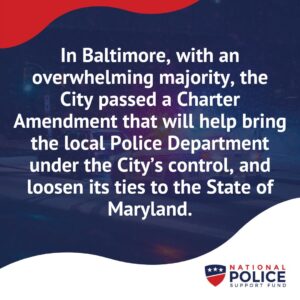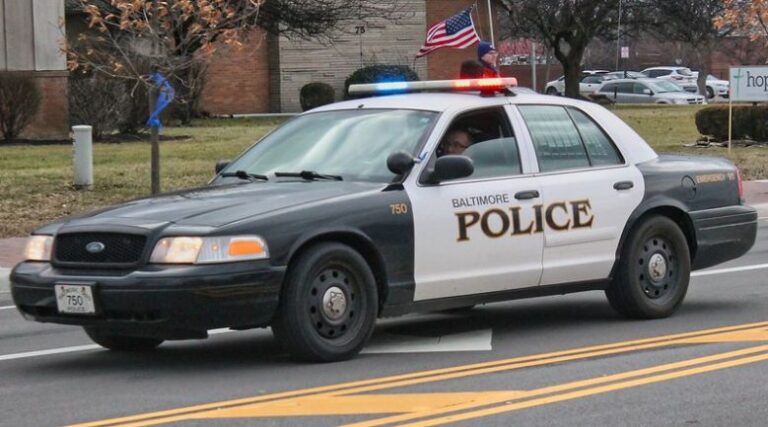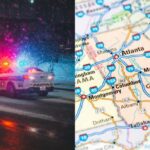On November 5th, 2024, the world held its breath while the US Presidential Election was being decided. However, in Baltimore, voters had more immediate reasons to celebrate: with an overwhelming majority, the City passed a Charter Amendment that will help bring the local Police Department under the City’s control, and loosen its ties to the State of Maryland.
This Baltimore Police Control Charter Amendment was dubbed “Question E,” and it was included on all ballots within the City of Baltimore. It offers a conclusive step in fixing an ongoing administrative tangle that has been going on for over 150 years.
What Was “Question E” All About?
Ballot Question E modifies the duties of the Police Commissioner, as well as redrafting the way the Department is internally organized. Finally, it modified the previous language in the City Charter that prohibited members of the City Council, including the mayor, from “interfering” in police issues.
These modifications effectively put the Baltimore Police Departments under direct control of the City of Baltimore. This process had already been started in 2022, and approved by the Maryland General Assembly. However, some of the language in the 2022 reform left several gaps that prevented the Mayor from having any oversight of the Police Department.
The proposal for Question E was created by Councilmember Mark Conway, and presented to the State Assembly.
Why was Baltimore PD under state control?

The Baltimore City Police Department officially became a State Agency in 1860, as a response to widespread the violence and political upheaval that shook the city during the previous decade. In 1856, the violent “Know-Nothing Party” took control of Baltimore City. This party was noted for its steep xenophobia and the practice of using rioting and street violence to influence election results.
After gaining control of the City Council and many of its key positions, the Know-Nothings actively hindered any efforts to restore order to the city or to prosecute the rioters. As a result, in 1860, the Democrat-controlled State Assembly decided to transfer control of the city police, the militia, and the electoral machine to the State of Maryland.
While the 1856 “Know Nothing Riots” were a key moment in the City’s history, the legal reforms that followed it remained well past their usefulness. The riots may now be the stuff of history books, but Baltimore City Police was effectively run from the City of Annapolis.
The result? Decisions made from far away were often late and inadequate for the City’s changing needs. Some neighborhoods were over-policed, while others did not get enough resources promptly, because any attempt at redistributing the available resources had to be justified to officials who did not have an ear on the ground. Meanwhile, any citizens who wished to advocate for change had to travel to another city to do this.
What does this mean for Baltimore Police?
Now, the Baltimore City Police Department will be controlled by the people it serves. The Mayor and the City Council will be able to work alongside the Police Commissioner, without the fear of running afoul of the “interference” ban. What’s more, any police officers or citizen activists who seek redress will now have easier access to the people in charge, without the need to schedule a two-hour commute or be subjected to the whims of the State Assembly.
According to Ray Kelly, executive director of the Citizens Policing Project, “Now it’s as easy as bringing these issues to your city council people, and they can address it here.”
Image Credit: Photo by Raymond Wambsgans on Flickr








